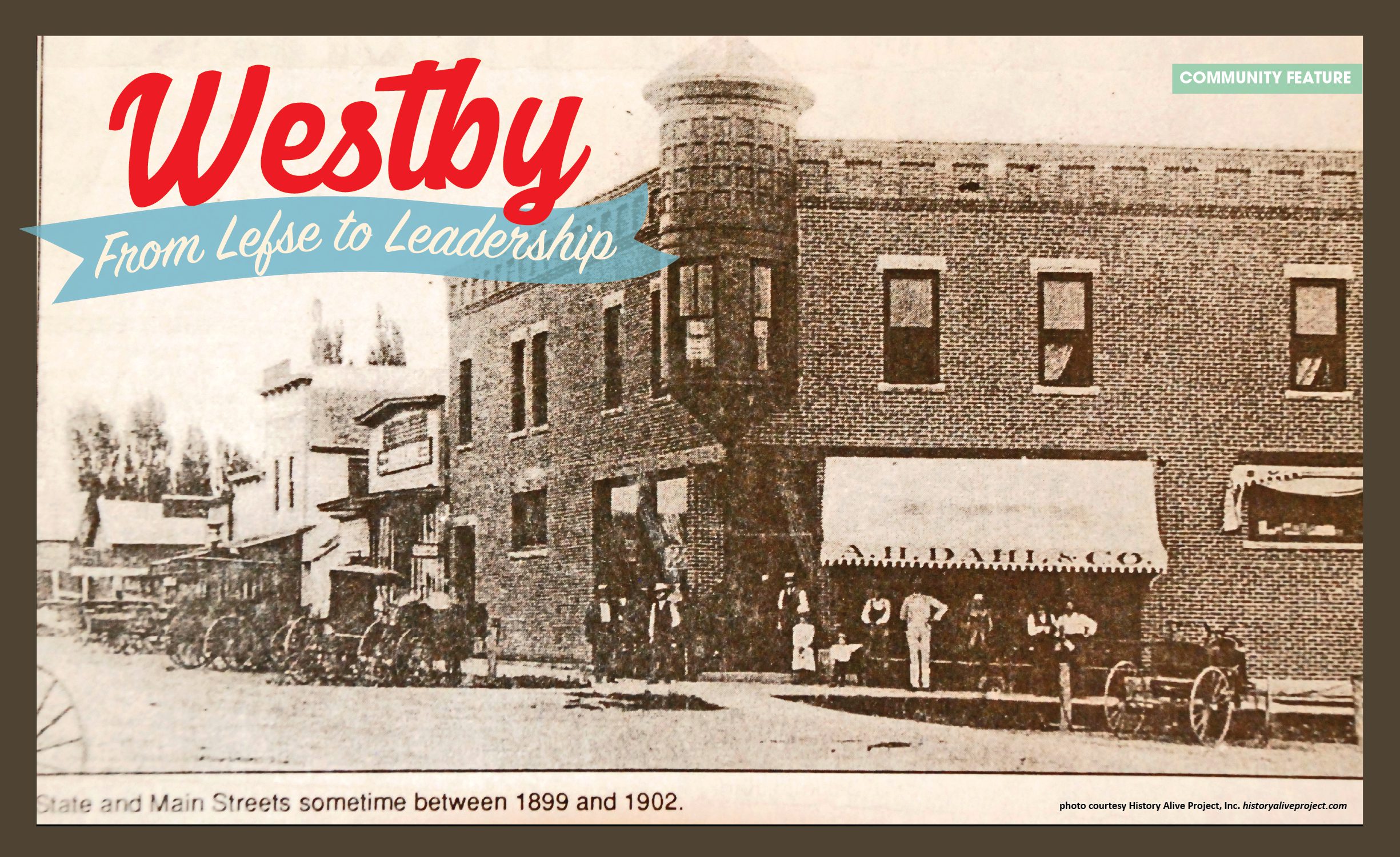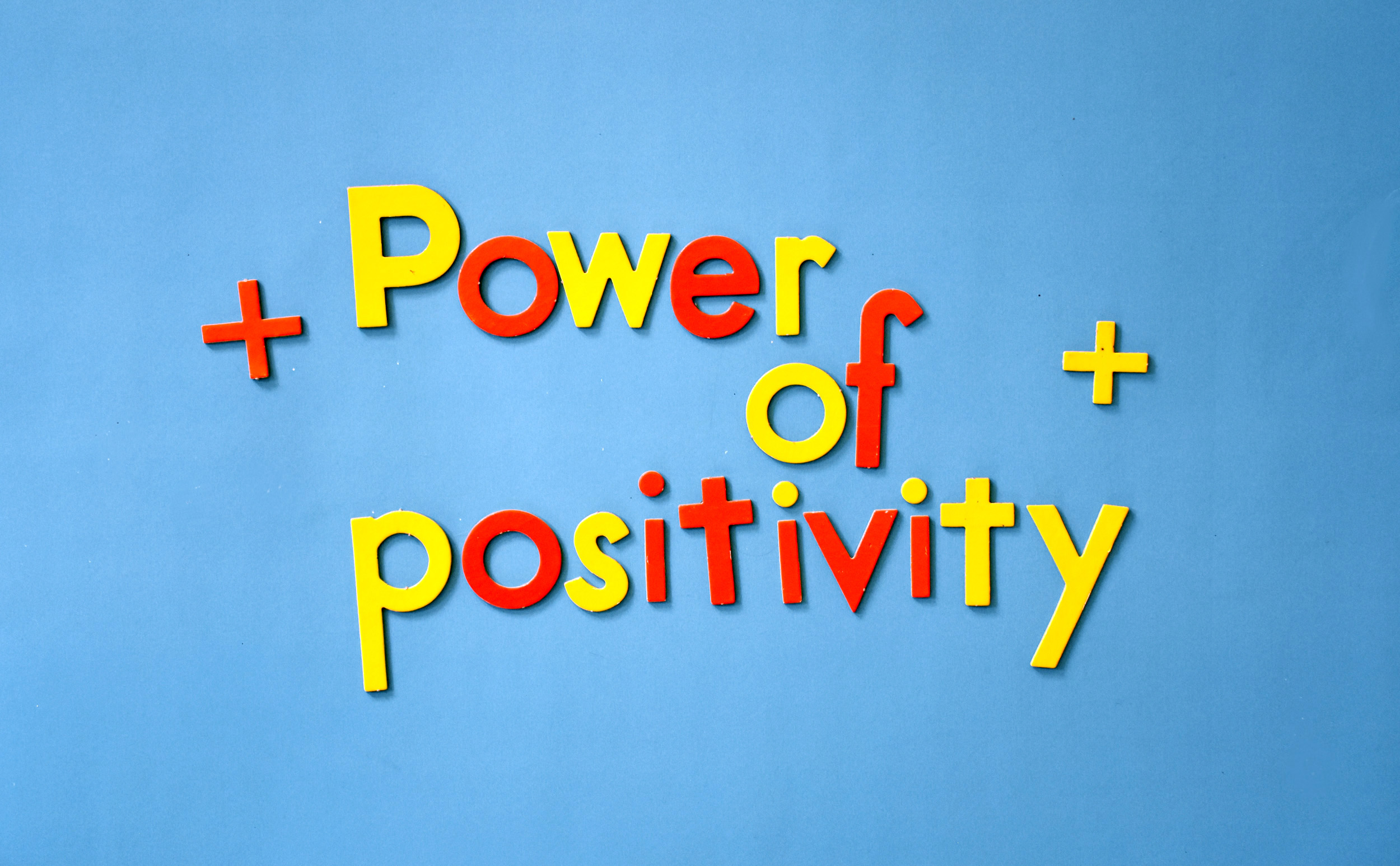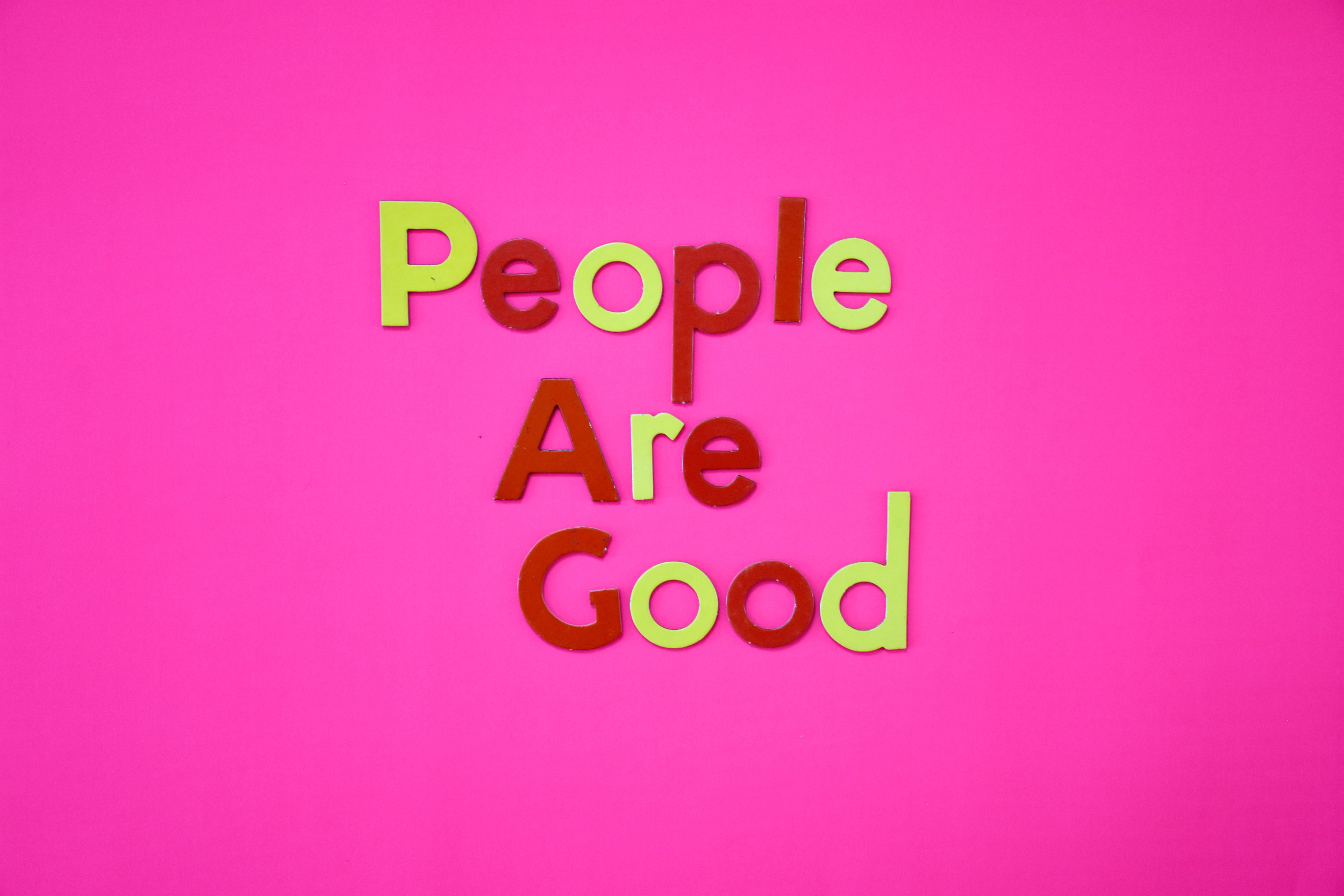She’s Having Their Baby
By Aryn Henning Nichols
Originally published in the very first Inspire(d) Magazine, October 2007
Things are born. Life cycles. You live. You die.
But somewhere in between you meet people who make you feel like you’re not just living; you’re alive.
Those people can be anyone, anywhere. They are children, teenagers, peers, co-workers, grandparents, neighbors. They make inspiring acts look so completely effortless that you think, “Hey, I could do that. I could.”
This story begins with birth – the most literal start possible – and a person who has always made me feel like I could do anything. This story begins with my sister, Beth Knudsvig.
April 26, 2007, 4 a.m.
Beth was in labor. There were two doctors and three nurses in the room, plus my sister, of course, and her husband, Dan, manning one of Beth’s epidural-numbed legs. Then there was me. I didn’t want to get in the way. But when they told Beth to push, she also had to grab hold of her unmanned left leg. Multitasking is not something a woman in labor should have to undertake. I saw an opportunity to be useful.
“Should I get on a leg?” I asked the doctor at home plate.
“Sure, get in there,” he responded. So there I was. “In there,” unabashedly watching the tiny head of my newest nephew push through a portal between my sister’s legs. I was witnessing the reproduction plan in motion: two people, creating another person who will hopefully someday create another person.
That day, Wyatt was born. He is the second son of Beth and Dan, but the third child to whom Beth has given birth. A little less than a year before, my brave sister pushed a baby into this world who had not one piece of her DNA – the final duty in her term as a surrogate mother.
Pregnancy is something that women are supposed to be able to do. Not all can, unfortunately, and some are better at it than others. Beth should have plaques and ribbons for her pregnancy ability. She’s good at it, and she likes it.
When the first Knudsvig child, Henry, who’s now three, was just six months old, Beth read an article in Parents magazine about surrogate mothers. In the story, a woman was talking to her hair stylist about her problems conceiving. By the time the haircut was finished, she said, “I want to be your surrogate.” A fire was lit in Beth. She wanted to do more with her life, make a difference. She could do this.
“Nine months is a short time to give such a gift,” Beth said.
June, 2004.
The resourceful then 28-year-old began researching how to become a surrogate herself.
The process was interesting. Like online dating, sort of. On the Internet, Beth created an ad for herself to answer questions for agencies that arrange surrogate mothers. Why should she be the one to have your baby? How was she most qualified to have your baby? And Beth had stipulations: she would only allow them to implant two embryos and she wouldn’t selectively reduce or abort because of problems.
“It was my choice, not the parents,” she said. “It’s my body.”
Because of this, Beth was denied by the first agency to which she applied. But she listened to her intuition and moved forward.
“If I wasn’t supposed to do it, I’d feel it was over,” she said, gesturing with her hands.
So she applied to a different agency, IARC, which represents the couple who eventually chose Beth to carry their child.
It wasn’t until after she decided to go for it that she had some reservations.
“I finally started to worry about how unusual it was and what people would think,” she said.
When our family found out what she was going to do, they weren’t terribly supportive. But one can understand a level of awkwardness related to this idea. This is not something that happened in the era of our parents – at least not in this scientific way. The fact that technology allows us to put an egg from another couple into a woman who is no way related seems like a wild idea. Their reactions were normal, and Beth expected them.
“It’s not that they weren’t supportive,” she said. “They have always been supportive of me. They just weren’t supportive of this idea.”
December, 2004.
Beth interviewed with a couple but they wanted to abort if the baby had Down syndrome. Beth refused.
March 2005
An Australian couple came on board, and they were in a hurry. A trip to America was already scheduled, so they added some extra time to meet Beth. In Australia, surrogacy isn’t illegal, but it’s illegal to compensate for it, so it’s more difficult to locate women who are willing, and who match each other’s requirements. The couple had to look to other countries.
IARC, the surrogate agency they were working with, signs a lot of international couples. In America, many surrogate agencies are in California because it’s the most surrogate-friendly state. California is just that much further for international couples, so IARC uses this as their niche.
Australia isn’t the only place that makes it hard to arrange surrogates. Beth had to travel to Canada for all of the exchanges involved in the process because there are no clinics in Minnesota that will work with surrogates. And in some places, omission was easier than explanation.
“Canada is also not surro-friendly. When I went there I was not to tell customs I was a surrogate. I also was not to tell the reproductive clinic that I was a surrogate on anything I signed,” Beth said. “I didn’t believe in telling a lie for this, I just never went beyond explaining too much.”
June 2005
The couple and Beth interviewed each other on the phone, and, once they were matched, the whole process went very fast. Eleni’s Greek, her husband, Darko, Croatian, and they had been married for 18 years. The couple got pregnant early in their marriage with triplets, but each embryo died at 19/20/21 weeks. They got pregnant again. And miscarried again. After years and years of trying, they had a successful pregnancy – a daughter. Eleni had seven miscarries in total. When she finally carried to term again, the middle-aged Australian was on bed rest the entire time until her second child, a son, was born.
At first, Beth didn’t want to work with a couple that had kids. It seemed like they already had a family. But then she thought some more about it.
“Who am I to decide who gets to have kids or not?” Beth remembers asking herself. In the end, her reservations about this became gratitude.
“She was already a mother, so she wasn’t going to be freaked out about motherhood or if there were problems in pregnancy,” Beth said. “She knew about kids and was more experienced.”
May, 2005
Beth had to take a Lupron shot, a drug used to suppress her cycle for about three weeks, three weeks before the transfer and she was on suspension from sex for six weeks before they inserted the fertilized eggs the first time. The eggs didn’t survive, so a second procedure was scheduled. This time, no sex for eight weeks and Beth also had to take progesterone to boost her uterine lining. And for the second try, the reproductive clinic decided not to have Beth take Lupron.
“The suppressed cycles just felt so unhealthy,” she said.
She also decided that if it didn’t work, she was not going to try again. She wasn’t going to be a surrogate.
“August would be the last month I wanted to get pregnant so when we were trying to have our next child, the ages between our children wouldn’t be too spread apart,” Beth said. “Eleni talked me into early September, for both of us – the last try.”
September, 2005
They kept Eleni’s fertilized eggs invitro for five days for the second procedure instead of three, as they did the previous time. When Beth took a pregnancy test after, she had a feeling it was going to say negative, but she was wrong. One egg survived: the future baby Aaron, “Ari.”
“I wasn’t that excited,” the bright-eyed woman said. “I had in my mind that it wasn’t going to work, so then we’d concentrate on our family.”
Ever optimistic, Beth got more excited as the pregnancy continued, but it was very unlike her own.
“I knew he wasn’t mine, so I treated him differently,” she said.
She of course took good care of him, sort of like an incredibly early kind of childcare, but the usually very belly-involved pregnant woman didn’t spend a lot of time talking to the growing baby or touching her stomach as she did with her own sons. She felt a little sad for baby Ari because of this – when he came into the world, he wasn’t going to have the familiar voice of the woman who had been carrying him for the last 40 weeks cooing to him – it would be a completely new mother.
When Beth’s pregnancy started to show, she, of course, wasn’t stamped with a surrogate sign, so people assumed she was carrying her future son or daughter. She didn’t bother correcting the strangers.
“Yep, yep. I’m pregnant. It wasn’t worth going into,” she said with a laugh.
It was with family that she made sure to clarify. And they seemed to be getting it, and even being supportive. “At Thanksgiving it was cool – siblings and wives there, excited about it, thinking it’s a great thing,” she said.
Health risks were the main concern of family members. And there were some: the medications she was taking could have permanently restricted her cycle (which was not the case, as she has already given birth to her second son), and there could have been uterus scarring. Also, she felt the medications were unnatural and unhealthy, including the hormone booster she was supposed to take every three days. She stopped doing this when she was 12 weeks pregnant. And, as with every pregnancy, there are risks with delivery, but Ari’s went well.
May, 2006
It was an amiable delivery room, with a mélange of people just like the birth I witnessed. Dan was holding a leg, a nurse the other, and Eleni was holding Beth’s hand.
“She said, ‘You have the right to scream,’ but I said, ‘I’m not that kind of girl,’” Beth said with a smile.
Beth talked with the nurses before the birth and made sure they would take the baby to his biological mother, not the woman who just pushed him into the world.
“I wanted her to cut the cord too,” she said. “He wasn’t my baby.”
After Ari was born, Eleni said something to Beth that she’ll remember forever: “Now I feel my family’s complete.” This statement validated the whole experience for Beth.
A connection was solidified between the two that day, but they weren’t best friends. Beth knew they weren’t going to be and had heard some surrogate mothers look for that and expect too much. Wisely, my sister established her frame of mind early on.
“I’m doing this for myself and helping their family,” she said. “It wasn’t business, but we were realistic and practical.”
Details were ironed out in the weeks before the birth. The hospital saw Beth as the birth mother, so she technically had to give him up for adoption. But it was fairly easy – they just went to court and had the paperwork amended so Darko and Eleni were listed as the parents. It took only two weeks to finalize everything and get Ari a passport so he could return to Australia with his parents. When they said goodbye at the hotel, Beth had her first sad moment.
“The relationship would be changing. He wouldn’t be accessible. They said they were going to maintain contact, but I didn’t know if they really would. I didn’t know if I would be able to see him at different ages,” she said.
When she began this process, she convinced herself that it would be okay if they didn’t keep in touch. But they have been in contact, sending photos and updates from Australia as Ari grows. And Beth feels that what was such a huge gift for this family was not such a big deal in her own life.
“I want this to be a testimony for others. I don’t want people to think this is something great that I did,” she said. “I just found a way to make a difference in someone else’s life that was so insignificant in my life. Nine months is nothing. You too could do it.”
She’s currently doing it again by donating breast milk for newborns and cancer patients and is also volunteering at a local hospital in St. Louis Park, Minnesota. She likes feeling that she’s affecting the world in a positive manner and doing something important with her life.
“I just feel really happy,” she paused. “Yeah. I feel really happy. I can’t think of any other way to describe it.”
While she was pregnant with Ari, she said no way would she do this again, but now, in retrospect, she says maybe. The biggest drawback was that it took two years instead of one as a result of a poorly organized surrogate agency and failed egg implantations.
“It was a longer journey than I expected,” she said. “But still, if you think about it, it’s really not that much time.” No matter how you look at it, the negative aspects don’t outweigh the positive.
“Now we have a little baby in the world that wasn’t gong to be there any other way,” she said. “I feel silly that people act like it’s a big deal. It wasn’t a super hardship. I want people to think, ‘I could do that.’”
——————————–
Aryn Henning Nichols likes feeling happy and motivated, and tries to find inspiration in as many places as possible. She hopes others will do the same, and perhaps even find it in this magazine.















